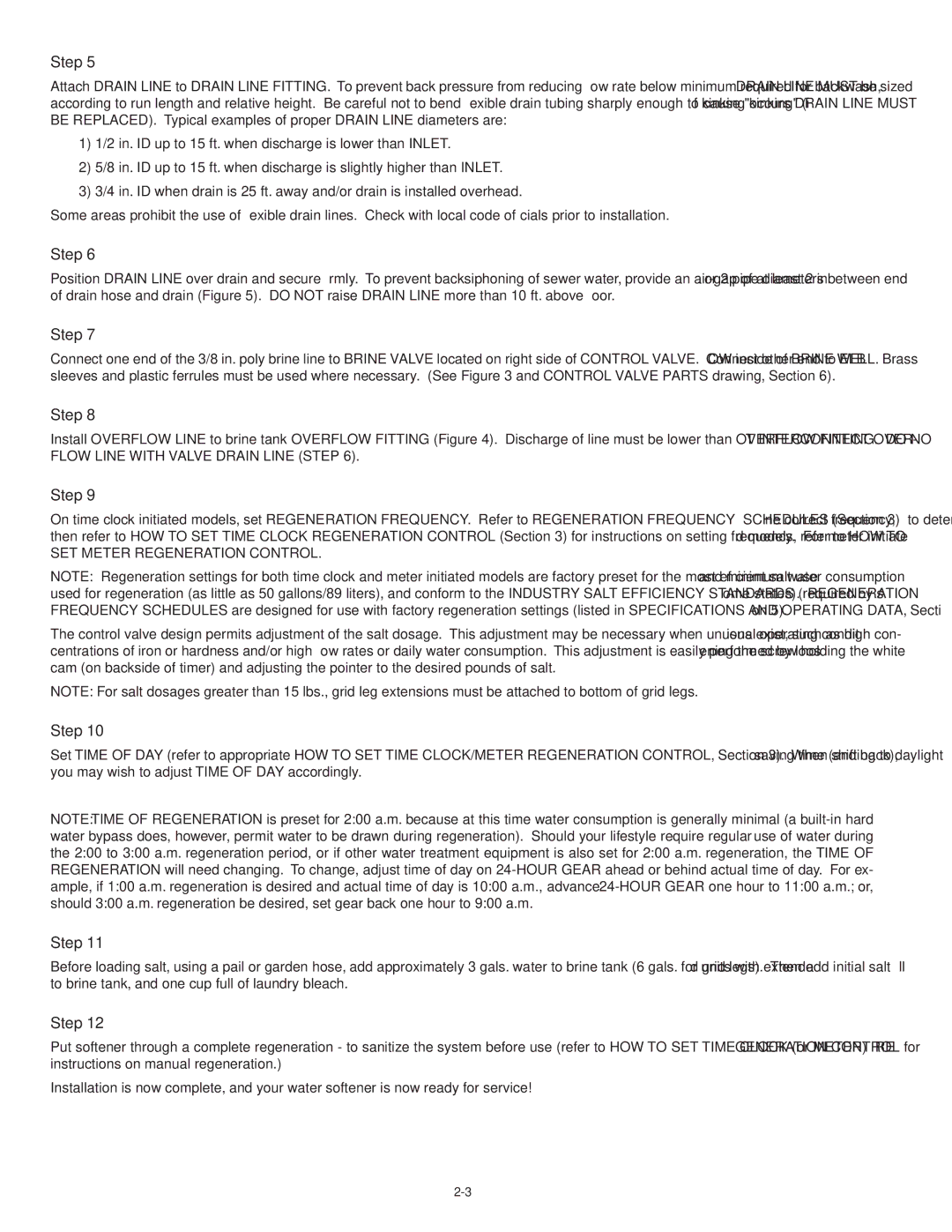NWS100M, NWS150, NWS150M, NWS200M, NWS200 specifications
3M is a leading brand in personal protective equipment, particularly known for its advanced respiratory solutions. Among its range, the 3M NWS series, which includes models NWS100, NWS200, NWS200M, NWS150M, and NWS150, stands out for its innovative features and user-friendly designs. These respiratory protection devices cater to various industrial and healthcare applications, providing reliable performance in demanding environments.The 3M NWS100 model is designed for basic respiratory protection, featuring a lightweight and comfortable design that encourages prolonged use. Its simple structure allows for easy donning and doffing, making it an ideal choice for facilities where quick access to respiratory protection is essential. Equipped with a high-efficiency filter, the NWS100 effectively captures airborne particles, ensuring the user's safety against dust and other hazardous materials.
In contrast, the 3M NWS200 series incorporates additional features for enhanced protection. This model offers a dual-filter system, which significantly improves the user’s respiratory safety by providing superior filtration against various contaminants. The NWS200 is also equipped with an adjustable headband that ensures a snug fit, critical for maximizing both safety and comfort during wear.
The 3M NWS200M model takes this a step further with its ergonomic design tailored for use in higher-risk environments, where both comfort and efficacy are paramount. This variant features a full-face shield offering additional facial coverage, making it suitable for medical facilities where exposure to infectious agents is a concern. Furthermore, the NWS200M utilizes 3M’s proprietary filtration technology, boasting a higher capture efficiency for fine particles during aerosol-generating procedures.
The 3M NWS150M and NWS150 models share similar characteristics but are designed with slightly different user needs in mind. The NWS150M incorporates a moisture-wicking layer that enhances breathability, which is advantageous during extended wear. On the other hand, the NWS150, while still providing essential protection against particulate hazards, emphasizes a more economical option without sacrificing performance.
Together, the NWS series exemplifies 3M’s commitment to innovation in respiratory protection, ensuring that workers in various industries can access reliable and effective solutions tailored to their specific environments. Each model combines comfort, advanced filtration technology, and user-centric design to provide peace of mind in challenging working conditions. Whether in industrial settings or healthcare applications, the 3M NWS series offers robust solutions that prioritize the safety of users.
